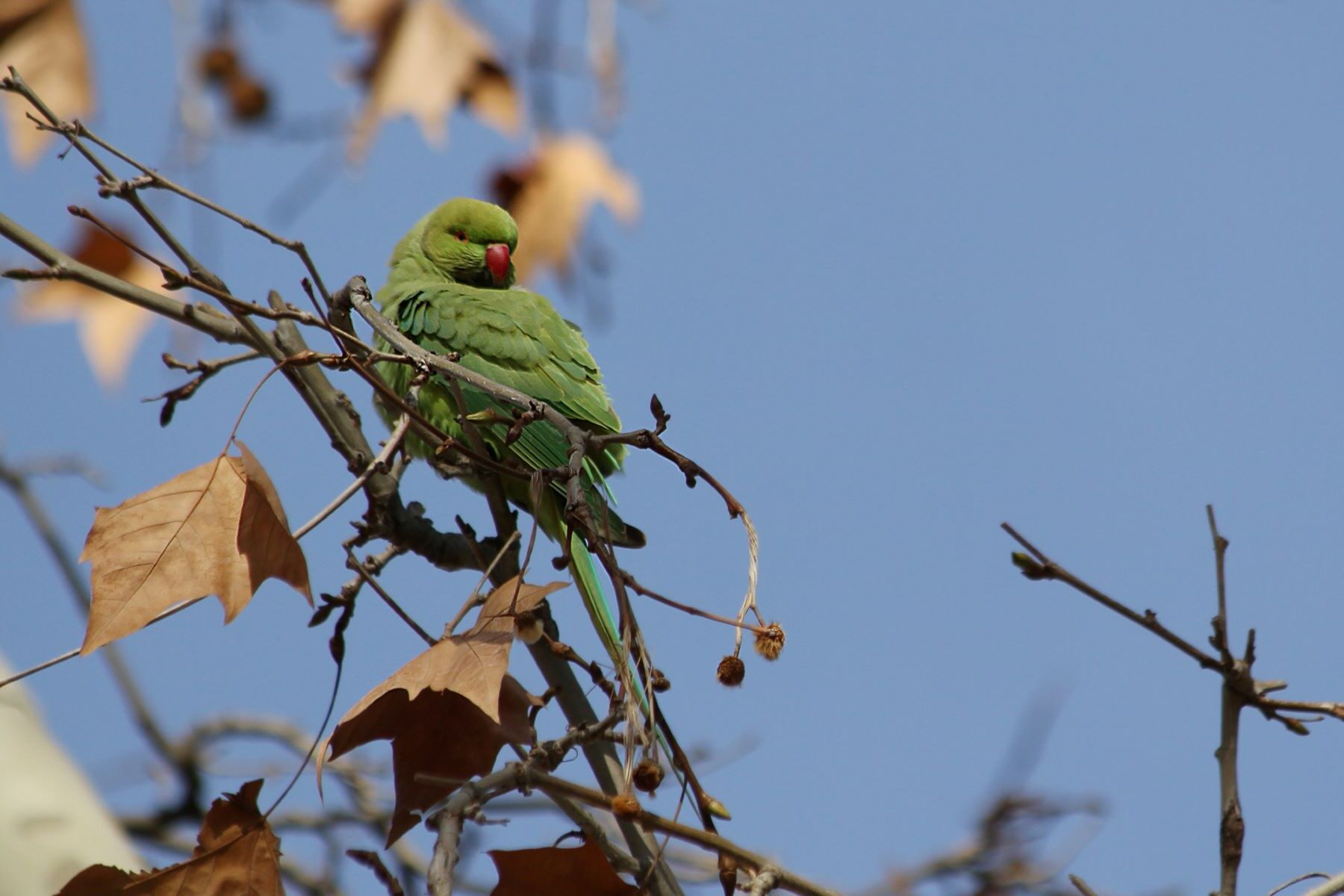Thanks to a study recently carried out and based on the analysis of the feces of different species inhabiting the city of Madrid, it has been possible to determine the presence of parasites and possibly zoonotic bacteria.
A team from the Autonomous University of Madrid (UAM), within the COVTRAVI-19-CM project, financed by the Community of Madrid with European funds, has conducted research into the presence of potentially zoonotic organisms in the feces of various species of urban birds and mammals.
Zoonotic agents
The research highlights the need to implement active surveillance systems that combine genomic, microbiological and biochemical techniques to address the current risk of zoonotic pathogens in cities.
The UAM researchers use the ‘metabarcoding’ technique – which simultaneously… presence of numerous organisms in a sample– they analyzed feces of parrots, pigeons, sparrows, storks, seagulls, bats, rabbits and raccoons.
Xabier Cabodevilla Bravo, principal investigator of the study, emphasizes that this technique has proven to be a valuable tool to study the role of fauna as a possible reservoir of diseases. “It has allowed us to design appropriate surveillance and early warning strategies«, he assures.

“Metabarcoding,” adds Cabodevilla Bravo, “provides a global view of the zoonotic taxa potentially present, allowing surveillance efforts to be focused on the most relevant genera, by conducting targeted microbiological research to determine the species and strains specific conditions and their pathogenicity.
This study was born the background of observing parrots, sparrows, pigeons and rabbits in a nearby park, or listening to seagulls fly over the city, can bring back memories of a recent vacation.
Likewise, the presence of storks that no longer migrate, which are now common in many mountain towns, generates a sense of well-being in those who see them, reflecting a human connection with nature and a growing awareness of the need to preserve it.
However, the close coexistence of humans and wildlife also entails risks, as the recent COVID-19 pandemic has painfully reminded us. HE They learned terms like ‘zoonoses’which refers to diseases transmitted from animals to humans.
It was also discovered that the existence of greater faunal diversity helps reduce biodiversity risk of transmission of pathogenssomething that can happen when you come into contact with animal feces.
Invasive exotic species pose a threat to ecosystem health, both because of the imbalances and simplifications they cause in interspecific relationships, and because of their potential to carry pathogens to which they may be maladapted. An example of an invasive exotic species is the Argentine parrot (Myiopsitta monachus), perfectly adapted to urban spaces. Photography: Francisco J. García.
Taxa that may be zoonotic
The study, published in two scientific papers, reveals worrying findings for researchers. In the first article, which focused on potentially zoonotic bacteriasamples of feces from parrots (Argentine parrot and Kramer’s parrot), domestic pigeons, house sparrows, white storks and black-backed gulls that feed on landfills in the community of Madrid, as well as bats (Pipistrellus sp.), rabbits and raccoons, species of mammals that also occur in the city of Madrid and its surroundings.
Both parrots and raccoons are invasive exotic species caused by illegal releases or escapes. Sample collection was carried out in close collaboration with the staff of the Environment and Mobility Area (Fauna and Biodiversity Department) of the Madrid City Council and the Wildlife Recovery Center (CRAS, Flora and Fauna Protection Area) of the Ministry of Agriculture. Environment, housing and agriculture of the community of Madrid, who provided the parrot and raccoon samples.
In this first work they identified themselves 21 bacterial genera with potentially zoonotic speciesten of which include species subject to mandatory surveillance in the European Union, such as Campylobacter, Listeria, Chlamydia, Salmonella and Yersinia. In urban birds (mainly sparrows and pigeons) and in bats, up to 7 of these 10 genera were detected. However, the technique used cannot determine whether the detected organisms are pathogenic.
The second article focused on the study of eukaryotic parasites, including protists, nematodes, trematodes, cestodes and fungi. In this case, samples from white storks, black-backed gulls, Argentine parrots and Kramer parrots were analyzed.
They identified themselves 23 genera of eukaryotic parasitesof which 6 are potentially pathogenic to humans. These include roundworms of the genus Ascaris, fungi such as Candida and Aspergillus, and protists such as Cryptosporidium, which can cause gastrointestinal problems. In short, these results highlight the risk associated with urban fauna feces.
Xabier Cabodevilla Bravo, researcher at the Autonomous University of Madrid, talks about the real impact of feces on public health, the relationship between urban fauna and pathogens, and the management strategies to minimize risks.
In this interview, the researcher is responsible for demystifying some unfounded beliefs about the fauna that lives in cities and invites those who read it to better understand the natural balances of the different ecosystems that surround us.

